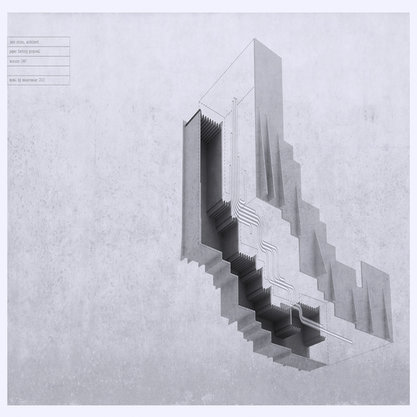Article
Iranian New Wave By Torres Hortelano, Lorenzo J.
Article
The Iranian New Wave began when a group of young Iranian directors—following developments in the Iranian cultural arena with origins in the political and social changes of the 1950s and 1960s—started, in the mid-1960s, to make films that broke radically from the conventions of Film Farsi, the mainstream Iranian cinema that no longer satisfied the audience. These directors shared some characteristics: many had been educated abroad, and some were initially engaged in film criticism and showed a passion for modern literature. In fact, the interaction between literature and cinema is a main feature of the Iranian New Wave or Mowj-e No. The 1960s was a “golden era” of Iranian literature, one which influenced films such as Khest va Ayeneh [The Brick and the Mirror] (1965) by one of the forerunners of the New Wave, the writer Ebrahim Golestan, who employed modern techniques of storytelling in it. Although Golestan’s masterpiece is set in Teheran, many New Wave films deal with rural areas and their visual significance. Unlike the French New Wave [Nouvelle vague] or Italian Neorealism, the directors started filming without a significant theoretical framework, and engaged in cinema as a work-in-progress.

